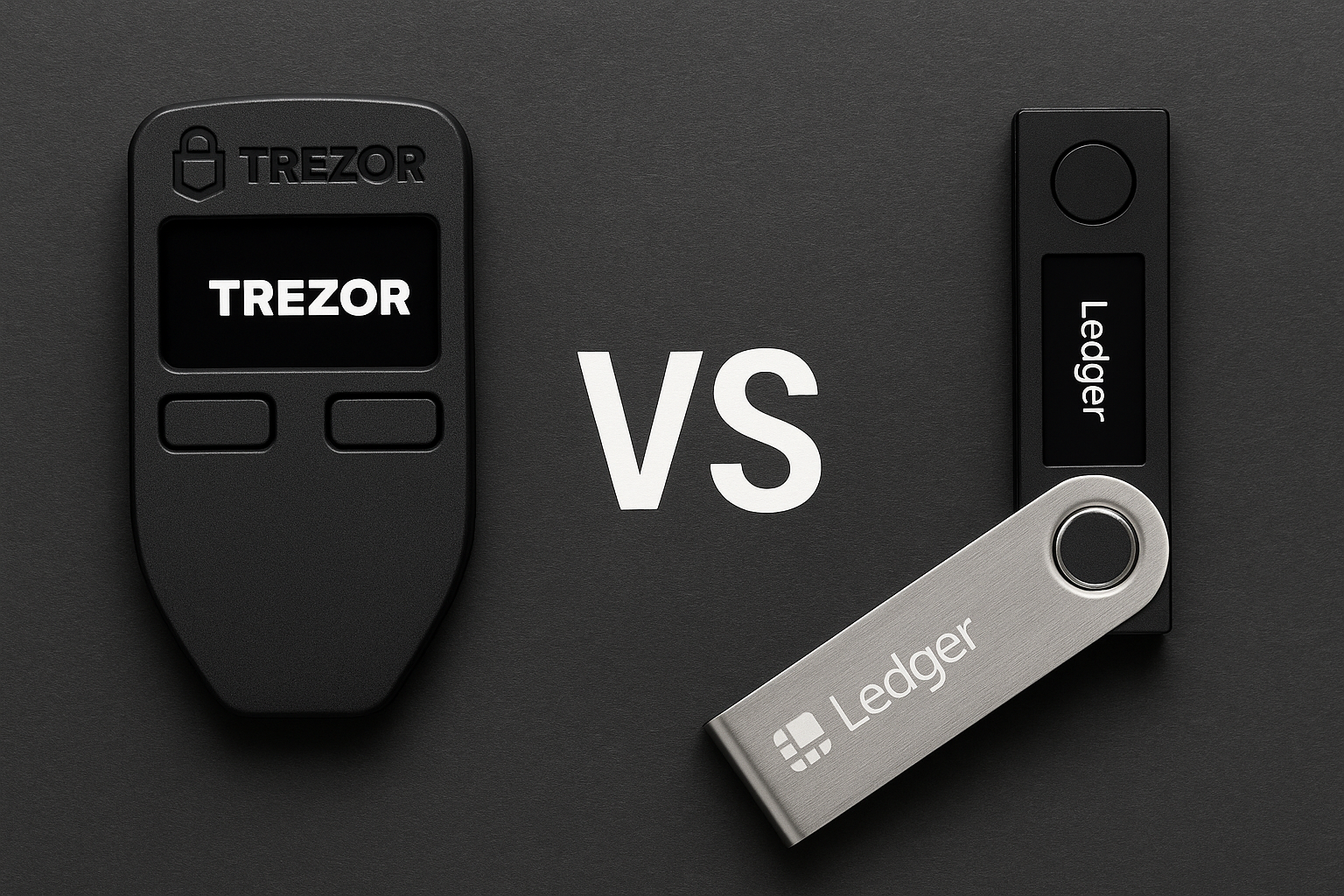As the cryptocurrency market matures, safeguarding your digital assets has become as important as acquiring them. With hacks, phishing attacks, and exchange bankruptcies making headlines, serious investors are moving their assets into cold storage — offline wallets that are immune to online threats.
Cold storage is the gold standard for long-term crypto security. Unlike hot wallets connected to the internet, cold storage solutions keep your private keys offline, dramatically reducing the risk of compromise. The two most popular hardware wallets in this space are Trezor and Ledger, both of which offer robust, battle-tested solutions for securing Bitcoin, Ethereum, and a wide array of other digital assets.
Why Use Cold Storage?
Exchanges and online wallets are only as secure as their servers. A single point of failure — whether a breach, technical glitch, or regulatory freeze — can result in total loss. Cold storage, on the other hand, provides self-sovereignty. You hold the keys, and therefore, you hold the coins.
Cold storage is especially relevant for:
- High-net-worth individuals
- Family offices
- Long-term crypto investors
- Offshore asset protection structures
When integrated with multi-signature setups or estate planning strategies, cold wallets offer a level of control, privacy, and resilience that centralized custodians simply cannot.
Trezor vs. Ledger: A Secure Wallet Showdown
Both Trezor and Ledger have earned industry trust through years of secure operations. Yet, they differ in key areas that may influence which is best for your portfolio.
1. Security Architecture
- Ledger uses a secure element chip (SE), similar to those in credit cards, to isolate private keys from the device’s main interface.
- Trezor, on the other hand, keeps its firmware open-source and does not rely on a secure element. Instead, it opts for transparency and peer-reviewed security.
If you prioritize proprietary secure hardware, Ledger might feel more robust. If you prefer open-source and auditable code, Trezor is more attractive.
2. Software Interface
- Trezor Suite is beginner-friendly, clean, and supports integration with privacy tools like Tor and CoinJoin for Bitcoin.
- Ledger Live offers a polished experience with broader support for staking, DeFi access, and token swaps — albeit with some trade-offs in privacy.
Trezor leans toward privacy-first users, while Ledger caters more to DeFi enthusiasts and active portfolio managers.
3. Supported Assets
Ledger supports over 5,500 coins and tokens, while Trezor lags slightly behind, although both support major assets like BTC, ETH, and USDT.
4. Recovery Options
Both offer seed phrase recovery, but Ledger’s optional subscription-based Ledger Recover feature drew criticism for potentially introducing third-party vulnerabilities. Trezor avoids this with a more traditional, fully offline approach.
Final Thoughts
For those holding significant crypto assets offshore — whether in a trust, foundation, or personal wallet — cold storage is non-negotiable. Trezor offers greater transparency and privacy, ideal for those who value full control. Ledger, with its sleek interface and secure element chip, is suitable for users prioritizing asset variety and convenience.
In either case, never store your seed phrase digitally, and consider geographic separation of backups as an added layer of protection.
At Invest Offshore, we work with clients to integrate secure crypto custody into broader wealth strategies. Whether structuring family offices, crypto trusts, or asset-backed token offerings, we recommend incorporating hardware wallets into a well-governed, offline-first custody framework.
Your crypto is only as secure as your storage. Make it cold, and keep it sovereign.

Leave a Reply